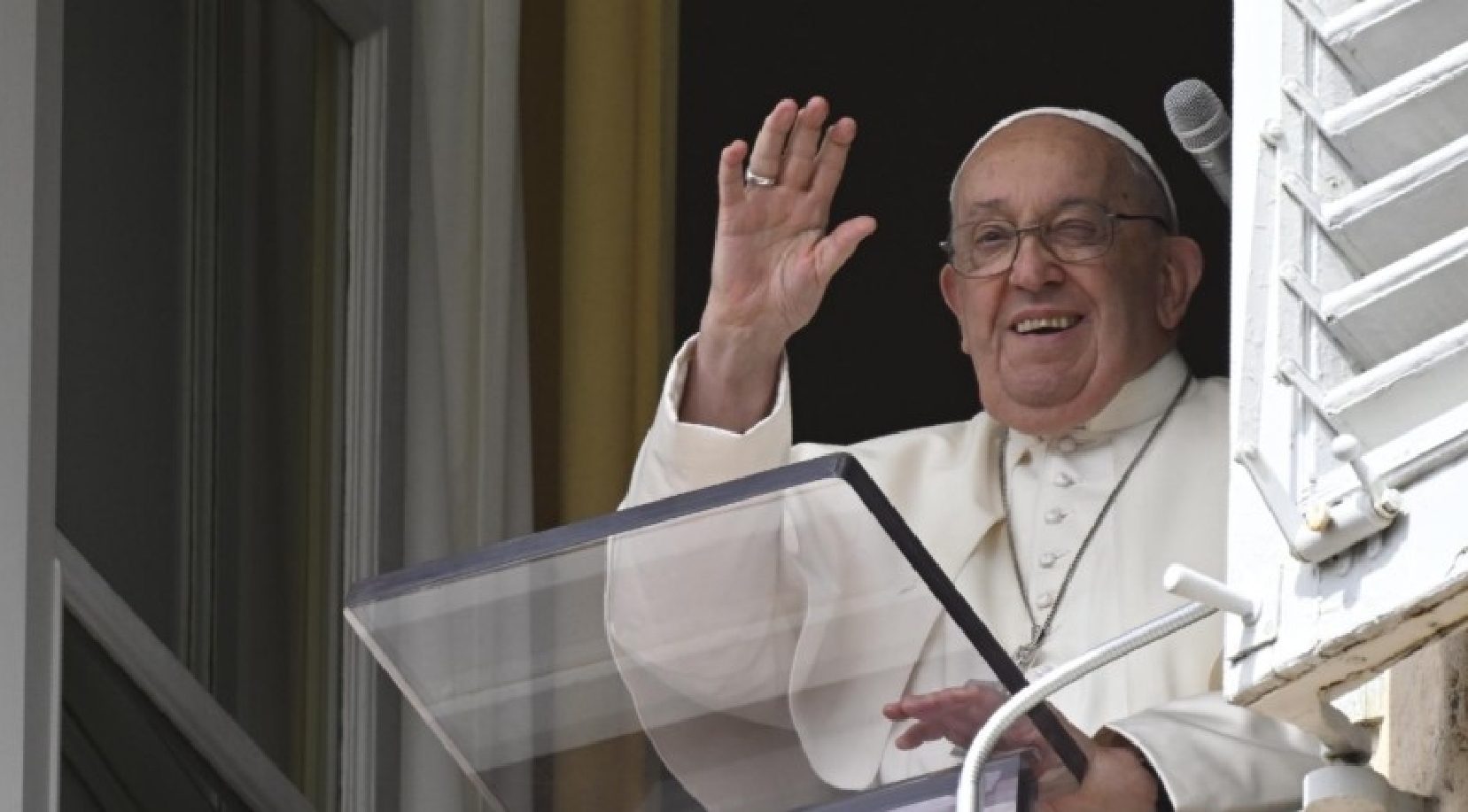Fairfax artist Marguerite Elliot is behind "The Concordance of Nature: An Elegy for the Wild." (Alan Dep/Marin Independent Journal) A piece in "The Concordance of Nature: An Elegy for the Wild." (Alan Dep/Marin Independent Journal) A piece in "The Concordance of Nature: An Elegy for the Wild.
" (Alan Dep/Marin Independent Journal) “The Concordance of Nature: An Elegy for the Wild" runs through Friday at the Barbara D. Goodman Art Gallery in San Rafael. (Alan Dep/Marin Independent Journal) Marguerite Elliot's work hangs on the wall in the Barbara D.

Goodman Art Gallery in San Rafael. (Alan Dep/Marin Independent Journal) Fairfax artist Marguerite Elliot stands by some of her work in the Barbara D. Goodman Art Gallery in San Rafael.
(Alan Dep/Marin Independent Journal) Marguerite Elliot's work hangs on the wall in the Barbara D. Goodman Art Gallery in San Rafael. (Alan Dep/Marin Independent Journal) Fairfax artist Marguerite Elliot, left, shows her sister Joan Tupper her art exhibit in the Barbara D.
Goodman Art Gallery in San Rafael. (Alan Dep/Marin Independent Journal) Fairfax artist Marguerite Elliot is behind "The Concordance of Nature: An Elegy for the Wild." (Alan Dep/Marin Independent Journal) When Marguerite Elliot was accepted into her first artist residency in 2018, she had no idea what a profound experience it would be for her and her work.
After spending some time working in Kemijärvi, Finland, a small town in the northern part of the country that claims “traffic jams do not reach here,” she decided to take a solo trip to drive “to the top of the world, so to speak, as far as I could.” She watched reindeer, moose and other creatures cross the roads. She admired the forests and lakes that dotted her trip.
But, she couldn’t help but also notice the “ugly” cellphone towers that seemed glaringly out of place with the natural beauty in her path. And yet, she needed them. “With this solo trip, I was reliant on my cellphone, GPS and the cellphone towers to guide me because the road maps weren’t great,” she says.
“That’s when I thought that I have to have this technology to get where I want to go. The price to pay is seeing the ugly cellphone towers all over the place. Now they’re ubiquitous.
And at that time, that’s when I first learned that the Arctic was melting and warming up three times faster than the rest of the Earth. So, I realized this is truly a fragile environment.” From there, she started working on her series of sentinels, her large contemporary totems focusing on environmental issues.
Two of them have been shown outdoors in Fairfax: “Fairfax Sentinel: Eco-Warrior,” a red and gold steel structure, followed by “Where Have All the Birds Gone?” in 2021, a commentary on the millions of birds that have been lost due to human causes. “My sentinels stand watch and protect,” the Fairfax resident says. “They’re like silent beacons, and they’re reminiscent of cellphone towers, that shape.
That’s where I started on that whole series of keeping watch of the environment.” Her reflections on nature’s beauty and fragility make their way into her solo exhibit, “The Concordance of Nature: An Elegy for the Wild,” at Dominican University of California’s Barbara D. Goodman Art Gallery through Friday.
Her 50-some pieces in the Alemany Library include poetry by Annabel Abbs written on Elliot’s handmade papers of local flora foraged during her artist residency at Domaine de Boisbuchet in Lessac, France, in 2023, photography, endangered tree steel sculptures, collaboration with other creatives and more. It was designed, she says, to showcase the “intricate harmony between natural elements and human creativity” as well as the “interconnectedness of ecosystems and the delicate balance that sustains life.” Admission is free.
More information at bit.ly/4fVifBL How it began These days, Elliot’s studio is in a barn in Petaluma, a place reminiscent of her days growing up on a farm in rural Virginia, where she walked along streams and through the fields, rode horses and watched her father build things. But the Pitzer College graduate didn’t really focus on nature in her work wholeheartedly until a trip to Tokyo more than 15 years ago.
There she went to shrines in the city — oftentimes observing prayers hanging on tree branches — and admired how people there honored nature. From that, she started working with seed pods and other natural materials to create what she saw were her own shrines to nature. Over the years, her work has been shown at the Sausalito Center for the Arts and Mill Valley’s O’Hanlon Center for the Arts as well as outdoors at various sculpture gardens and colleges.
‘Solitary Sequoia’ Some of the pieces in the exhibit feature collaborations with other artists, which has been a “wonderful and enriching” experience, she says. One of them is “An Elegy for the Solitary Sequoia,” an installation she did in collaboration with sound artist and musician Liz Baxmeyer. It was inspired by a lonesome tree she saw in front of a chateau from the 1800s in France during her artist residency last year.
“It was dying. It just looked so sad and was totally bare,” she says. “I kept saying, how does this sequoia tree get here? They’re indigenous to California.
What they told me was that explorers in the 1800s brought seedlings or seeds from the coast of California. They went to France and distributed them. And aristocrats in France would plant them in front of their chateaus as a sign of aristocracy.
Some chateaus might have a couple of them, but this one only had one.” A friend of hers there gave her a piece of the bark, telling her, “You’ve got to do something with the piece. Make some art out of it.
” She didn’t know quite what that would be at the time, so she brought it back to California. “I felt really sad that this tree was dying because of climate change. I felt like I wanted to honor it by bringing it back.
I felt it needed to be back with its ancestors,” says Elliot, who was especially inspired by trees after reading books in the pandemic like Suzanne Simard’s “Finding the Mother Tree.” Now, it’s prominently displayed in the gallery by tree steel sculptures inspired by four different types of endangered trees. Sounds of birds Elliot recorded during her artist residency in France and other nature sounds by Baxmeyer, as well as poetry read aloud by Abbs, can be heard by scanning a QR code.
“It’s all interconnected,” she says. “If we’re losing trees, we’re losing birds. If we’re losing birds, we’re losing insects.
Our biodiversity is shrinking at an alarming rate.” She hopes through her work people find something within nature that resonates with them and inspires them to want to nurture it and protect it..



















